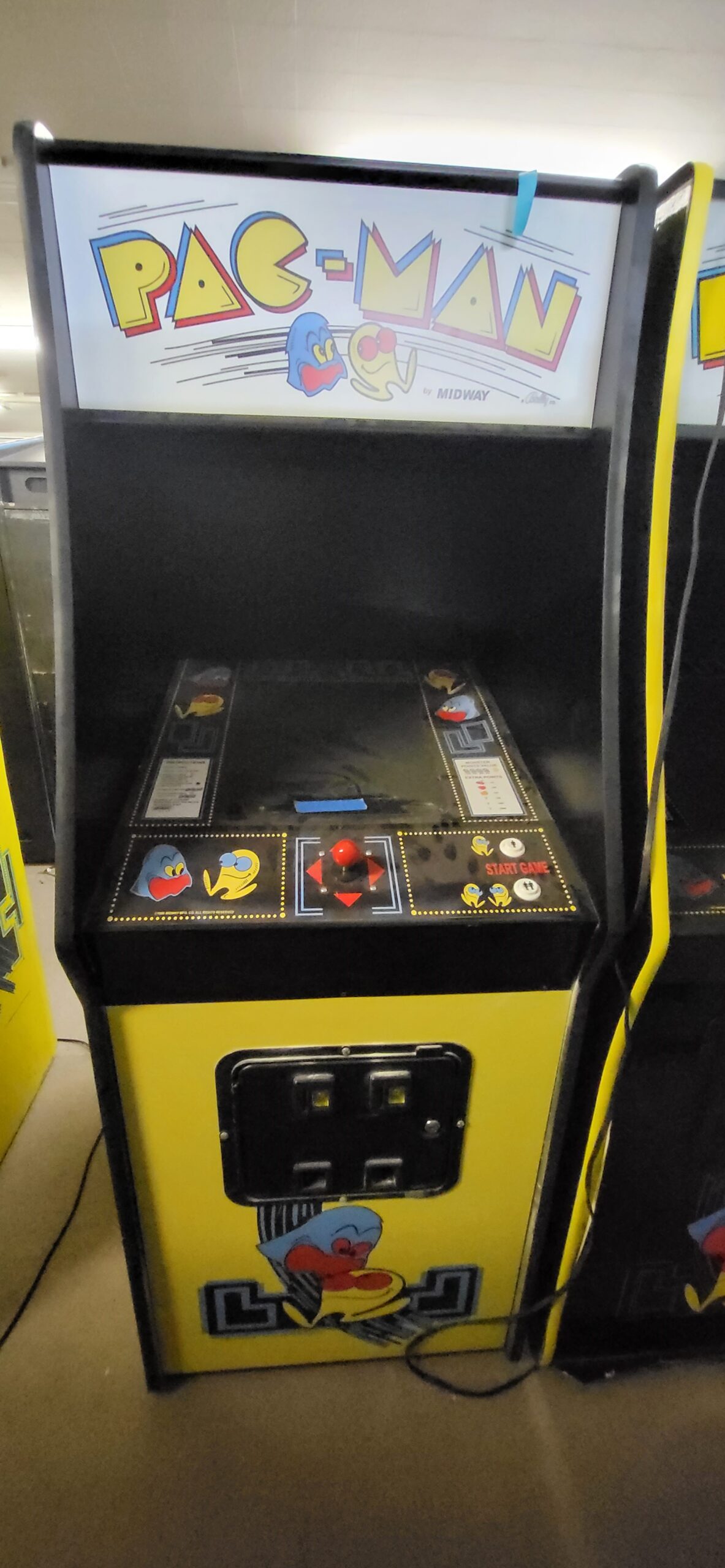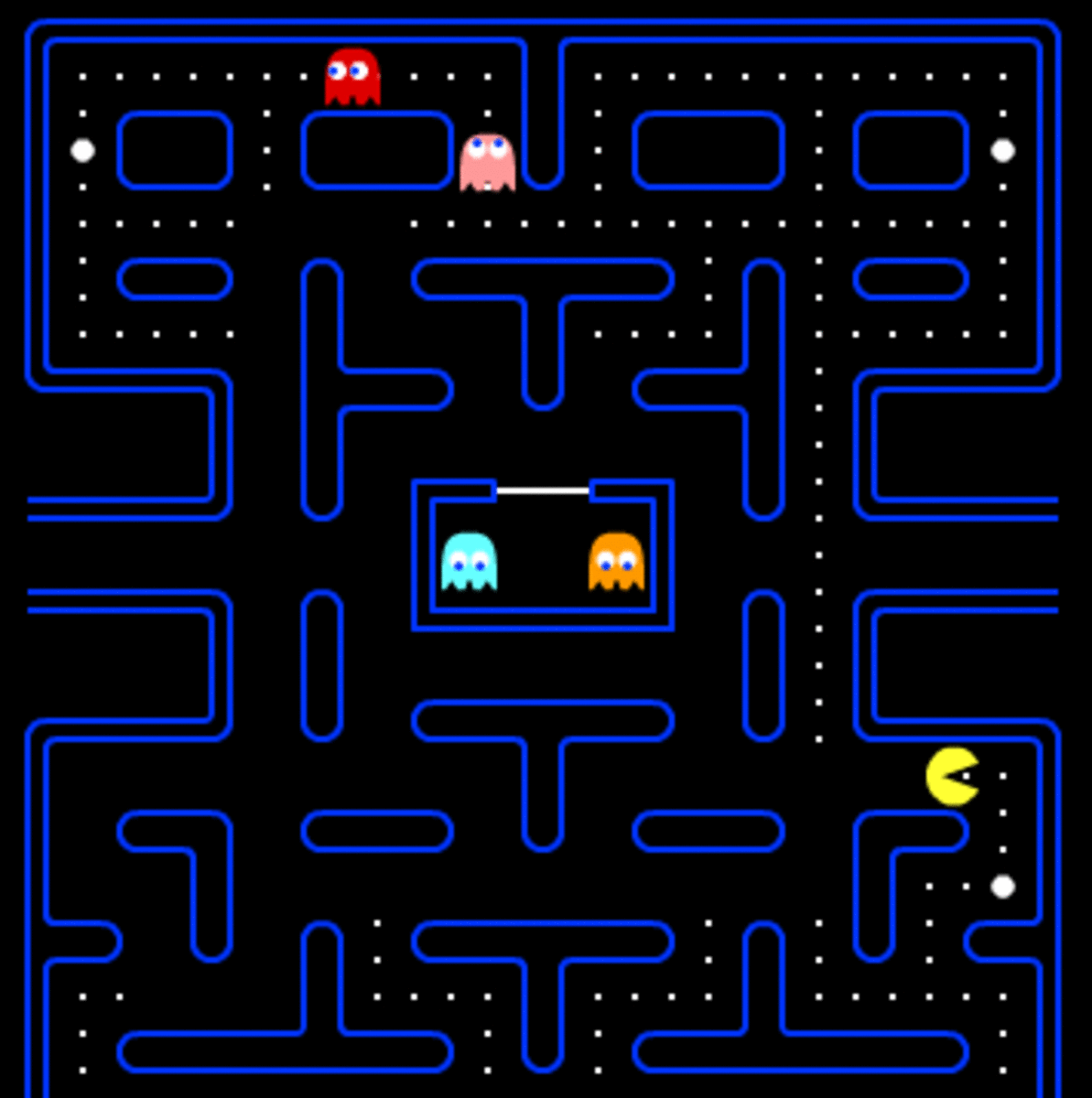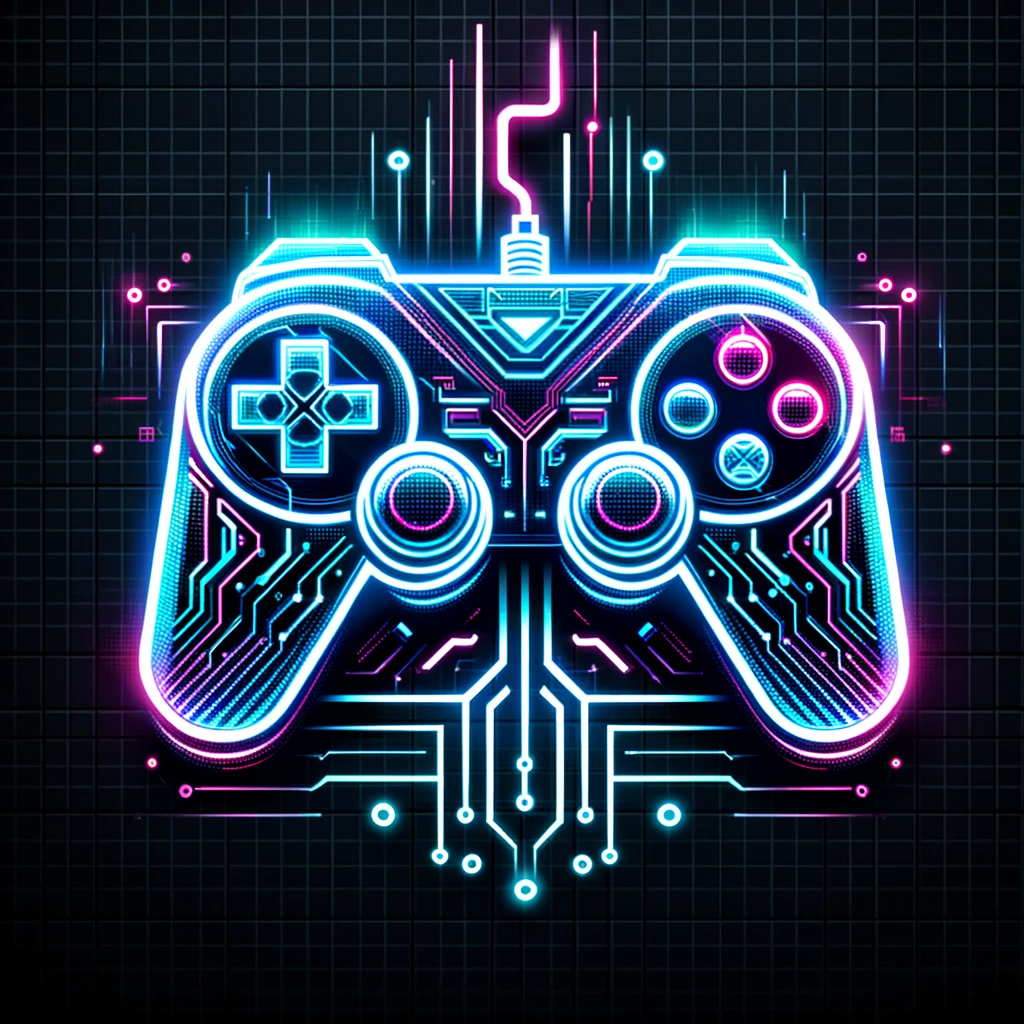
Pac-Man
Arcade / Namco 1980
Pac-Man is an iconic arcade video game developed by Namco (now Bandai Namco Entertainment) and released in 1980. It is one of the most recognizable and influential games in the history of the medium, featuring simple yet addictive gameplay and a memorable cast of characters.
Pac-Man was created by Toru Iwatani, who sought to design a game that would appeal to a wider audience beyond the predominantly male player base of early arcade games. The character design was inspired by a pizza with a missing slice, and the game’s distinctive maze-like levels were a departure from the more abstract designs of previous arcade titles. Despite initial skepticism from Namco’s management, Pac-Man became a massive success both in Japan and internationally, spawning numerous sequels, spin-offs, and merchandise.
Upon its release, Pac-Man was met with critical acclaim and commercial success, becoming a cultural phenomenon. Its addictive gameplay, catchy music, and colorful graphics captivated players around the world and contributed to the arcade boom of the early 1980s. Pac-Man’s enduring popularity has led to its recognition as one of the greatest video games of all time.
Pac-Man has been adapted to various platforms and formats over the years, including home consoles, handheld devices, and mobile phones. It has spawned numerous sequels and spin-offs, such as Ms. Pac-Man, Pac-Man Championship Edition, and Pac-Man 256, each offering new gameplay mechanics and features while retaining the core essence of the original game.
Original Pac-Man arcade cabinets are highly sought after by collectors and enthusiasts. While it’s difficult to ascertain the exact number of cabinets produced, their relative scarcity has contributed to their value on the collectors’ market. Depending on factors such as condition, rarity, and demand, a fully functional Pac-Man cabinet can fetch anywhere from a few thousand to tens of thousands of dollars at auction.
Pac-Man arcade cabinets typically consist of the following hardware components:
CRT monitor
Printed circuit boards (PCBs) containing the game’s ROM chips and other electronic components
Control panel with joystick and buttons
Power supply unit
Wiring harnesses and connectors
For repairs, enthusiasts can often find replacement parts from specialized suppliers or salvage them from decommissioned cabinets. Common issues with Pac-Man cabinets include monitor degradation, faulty control inputs, and damaged PCBs, which can usually be repaired or replaced with a moderate level of technical skill.


